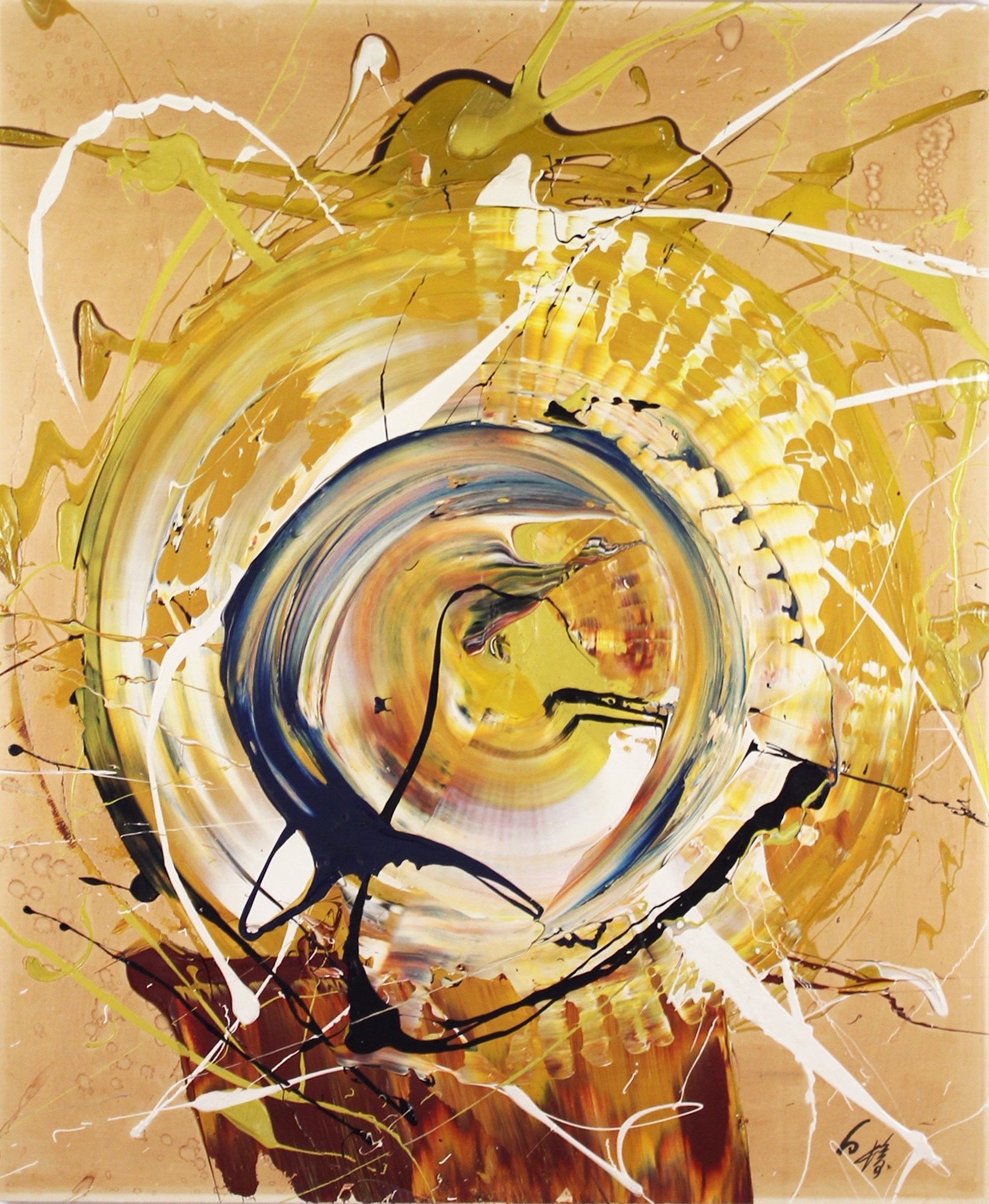
it spilled!
Jackson Pollock is an artist, who may be familiar even to those, who are not remotely interested in art. “Any child could do that” or “Even I could do that” are both very common feedback given in response to his paintings. The higher the bidding price, the louder the voices that painting nowadays is a joke compared to its heyday. And while it’s true that pretty much anyone could create a similar artwork, it’s also true that most of us wouldn’t become famous as a result.
Action painting, as this movement is typically referred to, is a completely novel way of painting. Alternatively, it is also known as gesture painting, which is probably the best way to capture what it is really about. Normally, special tools such as brushes, rollers and spatulas are used to create a painting and via which paint is applied to either canvas or paper. Action painting, meanwhile, goes against that traditional way of painting. And so, instead of gentle strokes, the artist dips the brush into a can of paint and swings it so that the excess paint spreads over the fabric.
Action painting emphasizes the very process of creation – the artist’s gestures, the emotions that accompany them and the physical strength that he or she puts into making the picture come into being. Here, the act of painting is not just the path that leads to an artwork, but an end in itself – and that is why gesture painting resembles in certain aspects an art performance.
Jackson Pollock is, of course, not the only representative of this movement. Jean-Paul Riopelle and Silvio Formichetti are two other examples of prominent artists, each with a different vision. In Riopell, the canvases reveal a dense tangle of colorful zig-zags, somewhat reminiscent of Pollock’s works. In Formichetti, on the other hand, bold thick strokes of color fill a strikingly white background. At first glance already one can tell these are made by two completely different artists.
A special place among action painters is held by Kazuo Shiraga, whose oeuvre is an excellent example of gesture painting. Shiraga’s absolutely unique approach consisted in holding on to a rope suspended from the ceiling, from which he would slide his feet wet with paint across the surface of the fabric like an ice skater circling inside the rink. The process was reminiscent of an extraordinary art performance that was very impressive in itself. We strongly invite to look up the videos and photos documenting this wildly creative process, many of which can be retrieved online.
Going back to the initial statement that “anyone could do that”, it becomes apparent that, judging not only action paintings, but any other work of modern and contemporary art, the one thing to keep in mind is that a work of art is not only the finished object. Its value also springs from the unique approach, the innovative technique, as well as the artist’s very personality, which is clearly a factor that eludes objective interpretation.
transl. Jakub Majchrzak









